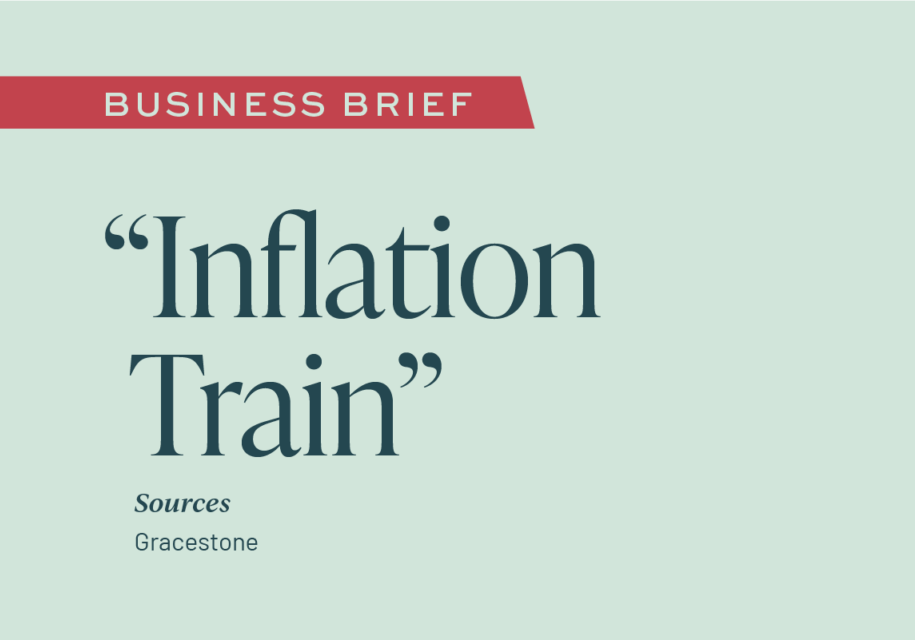
The inflation train has left the station. Nobody’s even revisiting whether it’s transitory or not. BUT WHERE is the next stop – and at what elevation? Each month brings a new round of debates. Now that the Inflation Reduction Act of 2022 has officially been passed and signed into law, let’s examine the highlights of what you need to know.
What does the act seek to accomplish? Goals are to lower the cost of prescribed drugs, health care and energy.
Specifically it includes tax credit for electric vehicles, solar panels and other energy efficient measures. (Dodge Hornet, Ford Mustang Mach-e anyone?) Medicare has finally been granted new authority to negotiate the price of drugs for seniors.
How do we fund these measures and what’s behind the suggestion that the Act will reduce the deficit? In tax code updates, the Act creates a new 15% corporate alternative minimum tax on corporations with at least 1 billion in income and a new tax on the repurchase of stock by corporations. And let us not forget the 87,000 new job openings at the IRS created with the $80 billion appropriated over the next decade. We can expect for calls to be answered more quickly, returns to be processed in less time and audits to increase.
What about inflation? The economic gurus at University of Pennsylvania’s Wharton and the Congressional Budget Office have been quoted confirming Act will not have a major impact on inflation. Why did they name it “the Inflation Reduction Act of 2022”? That one has us baffled. We suspect it may have something to do with addressing a major economic worry for Americans as we drift closer to mid-term elections. But in defense of this wordsmithing, historically, reducing the deficit often has a side benefit of reducing inflation. By raising (and collecting) more in taxes and lowering the outlay necessary for prescription drugs we could see a reduction in the deficit over the next decade.